Snow is on the way, and with that comes all the road salt.
Road salt plays an important role in keeping millions of Canadians safe on the road and sidewalks every winter. It’s an important winter management strategy but there are issues in the abundant use of road salt, and trees and plants pay the price.
How Road Salt Impact Trees
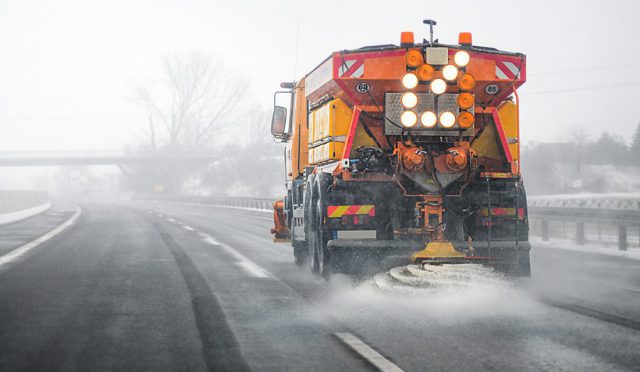
Have you noticed while driving that road-facing trees alongside heavily salted roads can seem almost burned on one side with a crispy rust colour while the other side remains evergreen? Road salt is the culprit.
There are two ways that road salt impacts trees. First, when snow, ice and salt mix together it creates a brine. This brine gets absorbed in the soil and makes it way up the root system and out through the pores on the leaves of any nearby vegetation, like trees. This results in the burning of the leaves. Second, when salt or brine is sprayed directly on the trees by passing salt truck and cars it causes the leaves on the tree to die.
There are a few trees that have a slightly higher tolerance salt tolerance than others and these include: ashes, red oak, birches, poplar and red pine.
How to Protect Your Trees From Salt
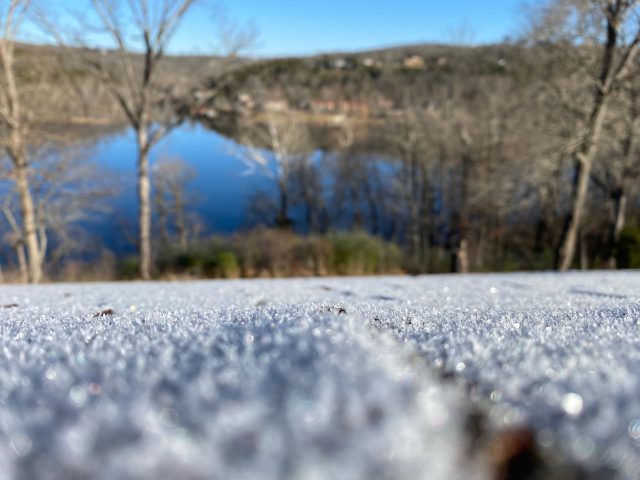
If there are already well-established trees along roads ways on your property, it’s likely that planting more resilient trees is not an option. That’s okay – there are several things that can be done to help minimize damage.
- Wash the leaves – if the trees on your property are in direct line of salt spray, rinse the leaves if the temperature in the winter months are above freezing.
- Water the soil – similar to the point above, if there is a day during winter where the temperature is much warmer, consider it an opportunity to water the soil around the base of tree to help dilute the concentration of salt. When all the snow has melted, generously water the base of the tree often to dilute the concentration of the brine.
- Wrap the tree in burlap – consider adding burlap around trees and shrubs. This will act as a barrier and protect it from salt spray.
- Nix those snowbanks – if space allows, avoid large snow piles near the base of the trees to avoid a high concentration of brine collecting.
Alternatives to Road Salt
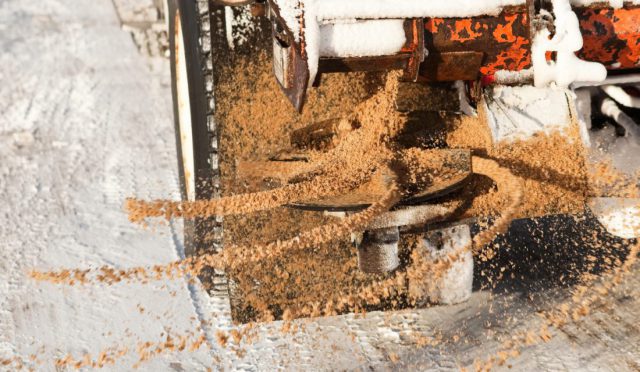
While there are benefits of salt being used like keeping our roads, driveways and sidewalks clear of ice there are drawbacks. Thankfully, there are alternatives!
Instead of road salt try using coarse sand on driveways and pathways. Sand is used to increase traction and it will not damage trees or plants.
Need something stronger than sand? Try calcium magnesium acetate (CMA). CMA is a deicer and is no more corrosive than normal tap water.
Did we miss anything? Send us a comment of your tried-and-true tips for protecting vegetation during harsh winter months.
Listen to this story (and more) in the CWF podcast, “Your Connection to Wildlife” >

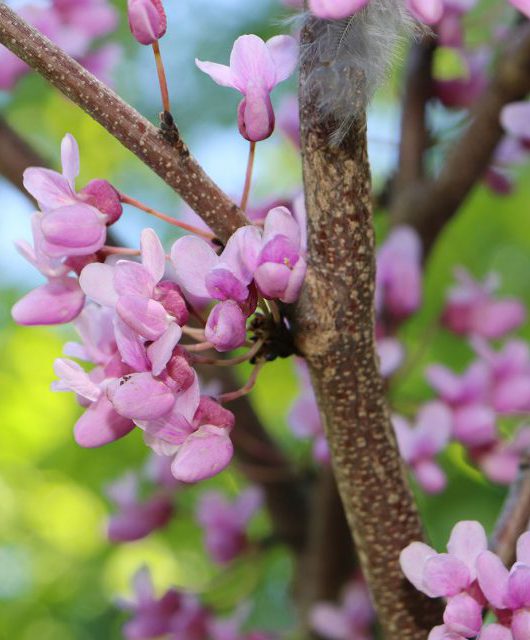

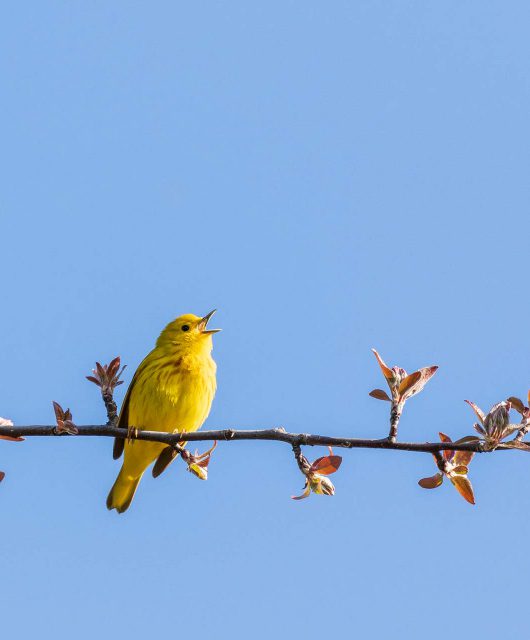

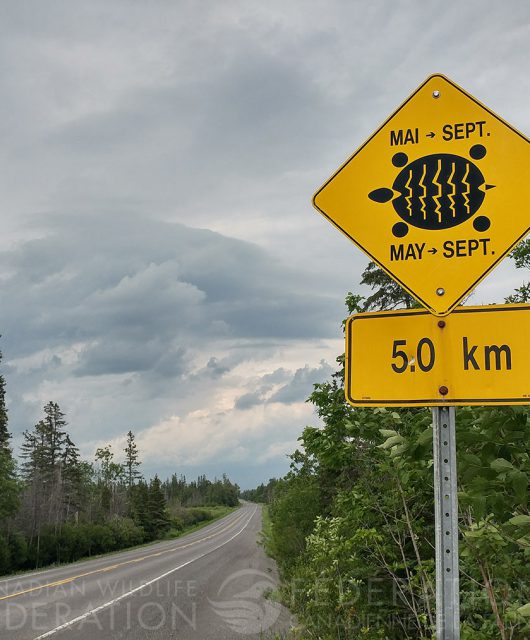
1 comment
As a replacement for salt, try cheese brine or sugar beet juice.